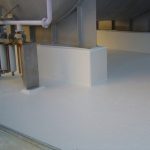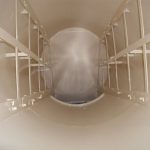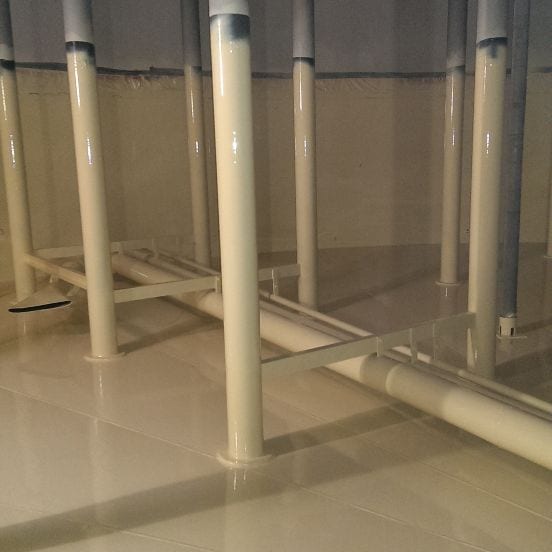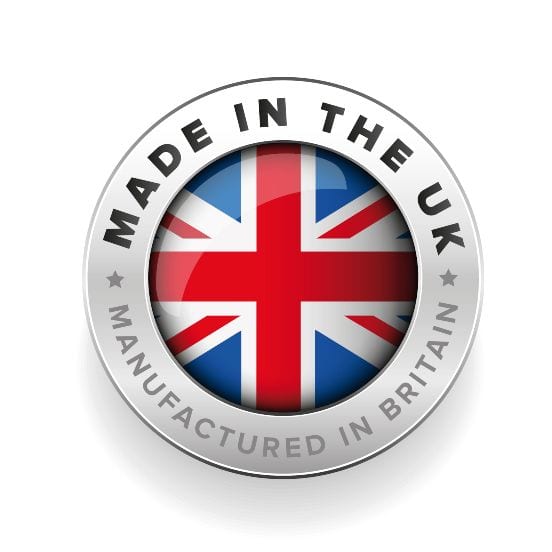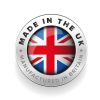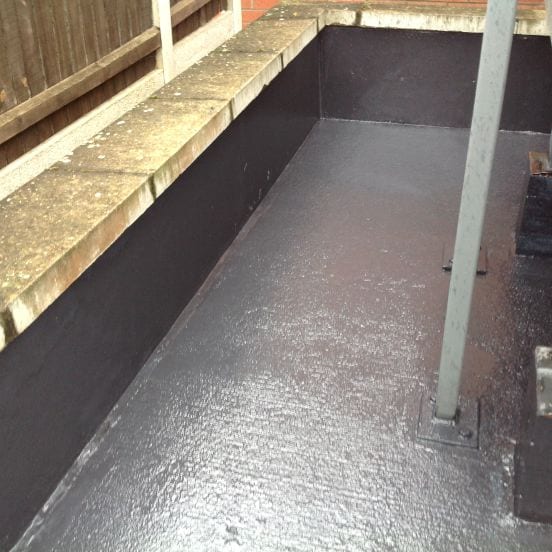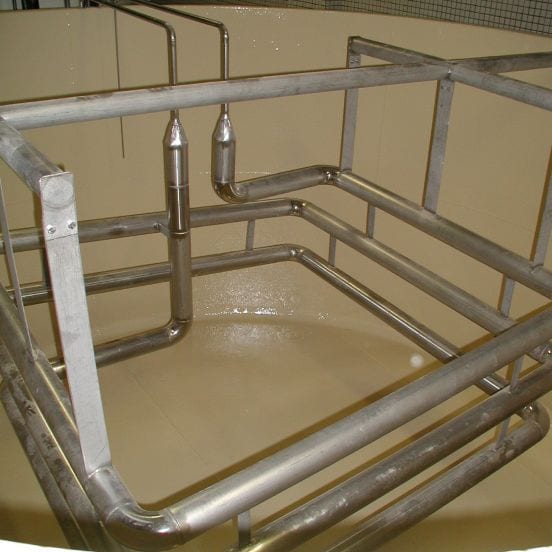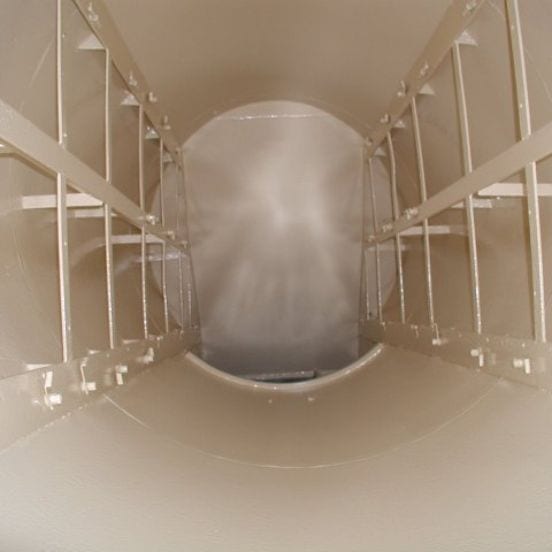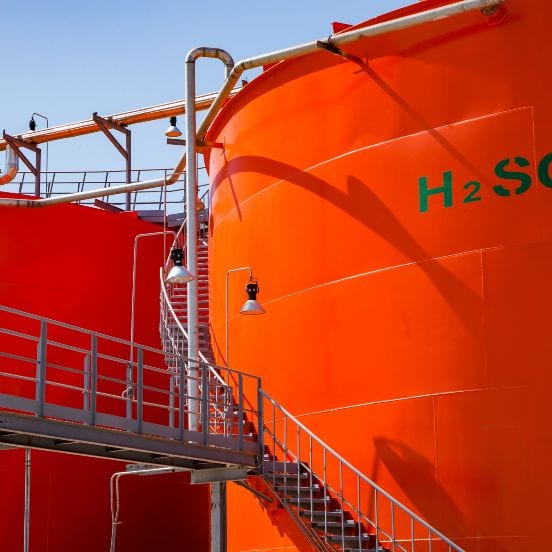Description
M-CHEM 100 – Chemical Resistant Epoxy Coating
Is a Surface Tolerant, Chemical Resistant Epoxy Coating designed for the long-term protection of steel and concrete structures.
The coating when cured has excellent resistance to wide variety of commonly used chemicals.
M-CHEM 100 – Chemical Resistant Epoxy Coating can be applied to manually prepared steel and is tolerant to damp and condensation. The material can be used for applications operating at temperatures from ranging –20°C to 60°C.
This two-component product is highly resistant to marine and industrial environments, buried conditions, ground water, effluents, salt water and a wide range of oils and chemicals.
Typical Uses
- As an Internal Pipe Lining
- lining for Fuel Storage Tanks
- Chemical Resistant Lining for Storage Tanks
- As a Chemical Resistant Floor Coating
- To Protect Bunds & Containment Area’s from Chemical Attack
Please contact us to discuss your project before purchasing this material to confirm suitability.
Application Guide
- All oil and grease must be removed from the surface using an appropriate cleaner such as MEK or similar type solvent.
- All surfaces must be abrasive blasted to ISO 8501/4 Standard SA2.5 (SSPC SP10/ NACE 2) minimum blast profile of 75 microns using an angular.
- Once blast cleaned the surface must be degreased and cleaned using MEK or similar type solvent.
- All surfaces must be coated before gingering or oxidation.
- All surfaces must be hydro-blasted using clean water at 12,000 psi (850bar) to NACE 5 (SSPC SP13 WJ3-WJ1).
- All surfaces must be coated before gingering or oxidation occurs
- All oil and grease must be removed from the surface using an appropriate cleaner such as MEK.
- All surfaces must be mechanically abraded using handheld grinders to ISO 8501/4 ST3 (SSPC SP3 ST3).
- Once abraded, the surface must be degreased and cleaned using MEK or similar type material.
- All surfaces must be repaired before gingering or oxidation occurs.
PLEASE NOTE: Soluble salt contaminated surfaces the substrate must be pressure washed with clean water and checked for salt contamination this process may need to be repeated several times.,
Existing Concrete
- If the concrete surface is contaminated, pressure wash using clean water.
- Once the concrete is dry lightly abrasive blast or scarify taking care not to expose the aggregate.
- Clean all dust and debris from the surface and take several moisture readings and prime with M-PRIME 100 – Low Viscosity Epoxy Concrete Primer or M-PRIME 104 – Damp Tolerant Concrete Primer dependent on the moisture readings obtained.
- Apply M-PRIME 100 or M-PRIME 104 at a target wet film of 150 microns, allow to cure before overcoating.
- For very porous surfaces a second coat of primer may be required.
New Concrete
- Allow new concrete to cure for a minimum of 21 days, lightly abrasive blast or scarify to remove any surface laitance.
- Clean all dust and debris from the surface and take several moisture readings and prime with M-PRIME 100 – Low Viscosity Epoxy Concrete Primer or M-PRIME 104 – Damp Tolerant Concrete Primer dependent on the moisture readings obtained.
- Apply M-PRIME 100 or M-PRIME 104 at a target wet film of 150 microns, allow to cure before overcoating.
- For very porous surfaces a second coat of primer may be required.
Prior to mixing please ensure the following:
- The base component is at a temperature between 15-25°C.
- Do not apply the material when the ambient or substrate temperature is below 5°C.
- Transfer the contents of the Activator unit into the Base container.
- Using a low speed electric paddle mixer, mix the 2 components until a uniform material free of any streaks is achieved.
- Once mixing is complete use the mixed paste as soon possible after mixing.
- Use all mixed material within 20-25 minutes at 20°C.
- For applications that require additional pot life we suggest M-CHEM 101 – Chemical Resistant Epoxy Coating – Extended Cure.
Brush & Roller
- Pour the mixed material into a paint kettle or paint tray (this will maximise the usable life).
- Stripe coat all edges, joints & corners.
- Once the stripe coat has cured and is capable of being overcoated, apply a basecoat at a minimum wet film thickness 250 microns.
- Once the basecoat has cured sufficiently, approximately 4 hours at 20°C, apply a topcoat at a minimum wet film thickness of 250 microns.
| Appearance | Base Activator Mixed | Highly structured thixotropic liquid Amber liquid Thixotropic liquid |
| Mixing Ratio | By Weight By Volume | 4:1 2.4:1 |
| Density | Base Activator Mixed | 1.78 1.05 1.56 |
| Solids Content | 100% | |
| Sag Resistance | Nil at | 400 microns |
| Usable Life | 10°C 20°C 30°C | 60 minutes 30 minutes 15 minutes |
| Coverage | Basecoat applied at a minimum target film thickness of 250 microns: Topcoat applied at a minimum target film thickness of 250 microns: Finished, minimum target film thickness of 500 microns: | 4 sqm /ltr 4 sqm/ltr 2 sqm/ltr |
| Cure Times at 20°C | Minimum overcoating time Maximum overcoating time Water/ sea water immersion Chemical immersion | 4 hours 36hours 3 days 5 days |
| Storage Life | Unopened and stored in dry conditions (15-30°C) | 5 years |
| Abrasion Resistance | Taber CS17 Wheels/1 Kg load | 138mg loss/1000 cycles 0.22cc loss/1000 cycles |
| Adhesion | Tensile Shear to ASTM D1002 on abrasive blasted mild steel with 75 micron profile | 194kg/cm² 2750psi |
| Impact Resistance | Tested to ASTM G14 | 2.0 Joules |
| Cathodic Disbondment | Tested to ISO 21809-3:2016 28 days, 1.5v, 3% NaCl | 23˚C 2.3mm 65˚C 5.1mm 95˚C 7.7mm |
| Compressive Strength | Tested to ASTM D 695 | 694kg/ cm² 9200psi |
| Corrosion Resistance | Tested to ASTM B117 | 5000 hours |
| Flexibility | (British Gas FW0028 Draft method) 3% Strain at 20°C – PASS 2% Strain at 5°C – PASS 1% Strain at 0°C | Pass Pass Pass |
| Flexural Strength | Tested to ASTM D790 | 522kg/cm² 7400ps |
| Hardness | Shore D to ASTM D2240 | 80 |
| Heat Resistance | Suitable for use in immersed conditions at temperatures up to: Suitable for use in dry conditions at temperatures up to dependant on load: | 60°C 200°C |
Chemical Test Data
| Chemicals & Concentrations | Test Temperature | Chemicals & Concentrations | Test Temperature |
| Ammonia Brine Crude Oil De-ionised Water Diesel Ethanol Hydrochloric Acid up to 20% | 20˚C 40˚C 40˚C 30˚C 40˚C 20˚C 40˚C | Naphtha Nitrus Acid up to 10% Phosphoric Acid up to 30% Sodium Hydroxide up to 50% Sulphuric acid up to 20% | 40˚C 20˚C 40˚C 40˚C 40˚C |
Please contact us to discuss your project before purchasing this material to confirm suitability.
For increased chemical resistance please consider M-CHEM 300 – Acid Resistant Epoxy Novolac Coating

